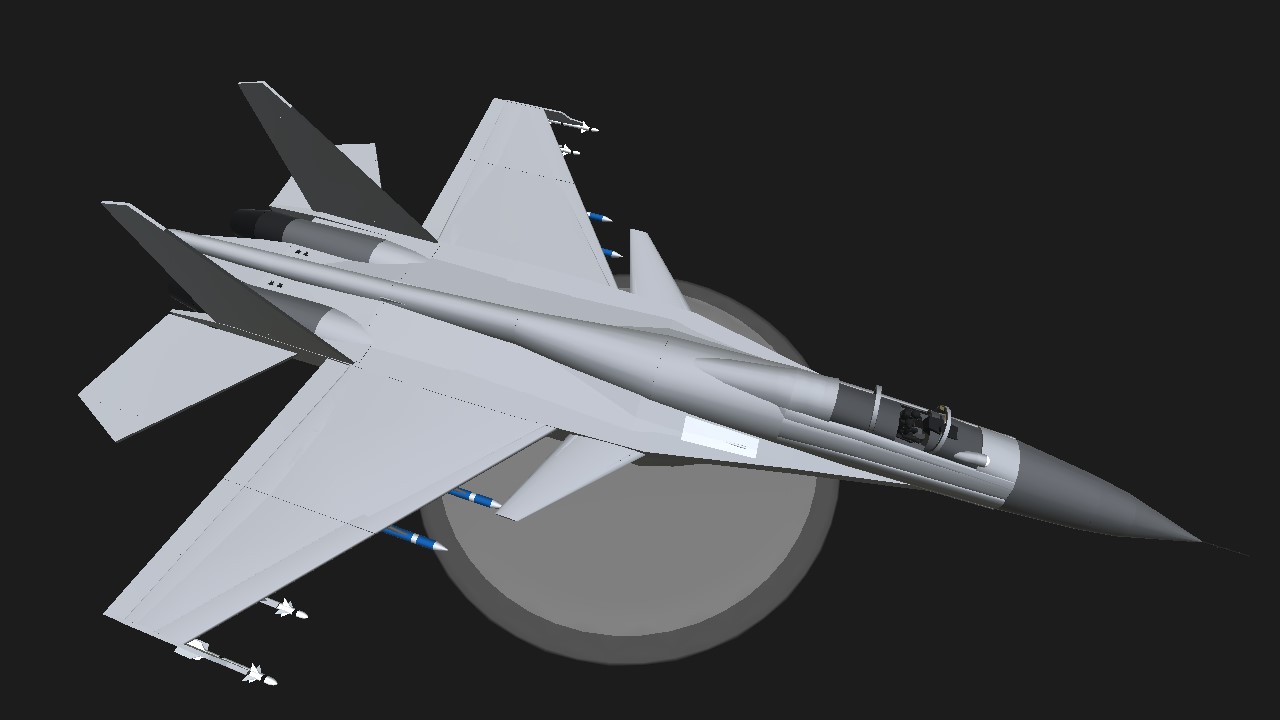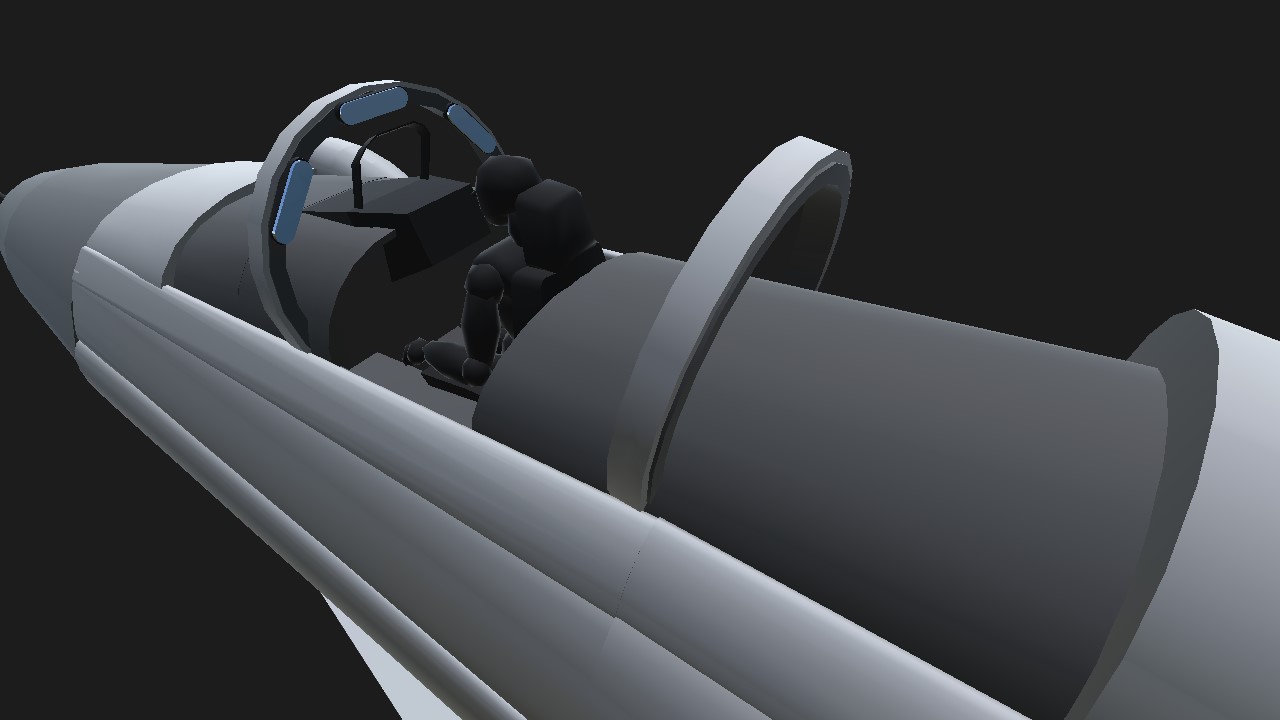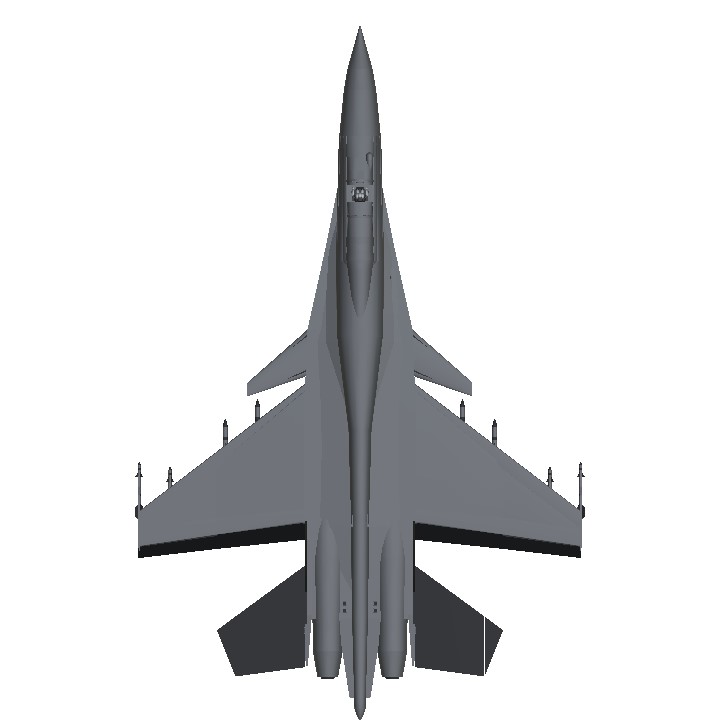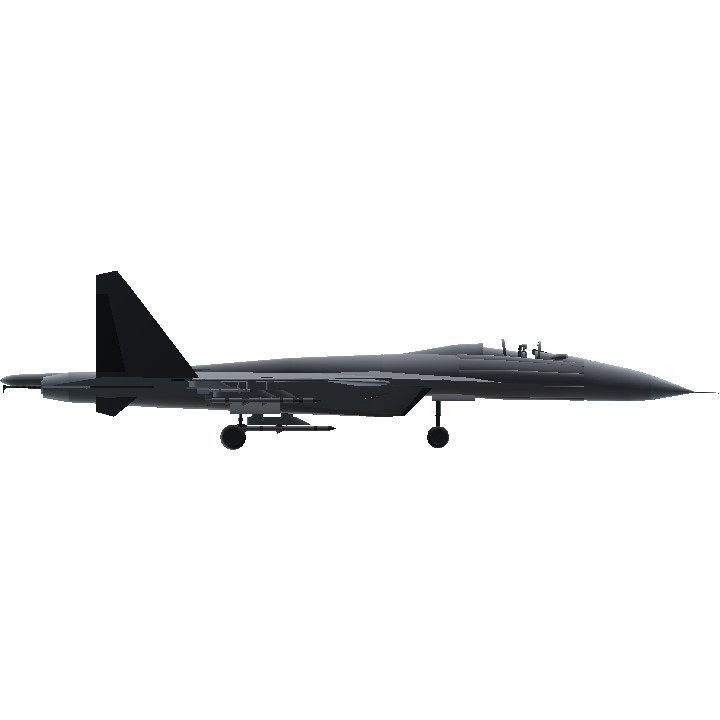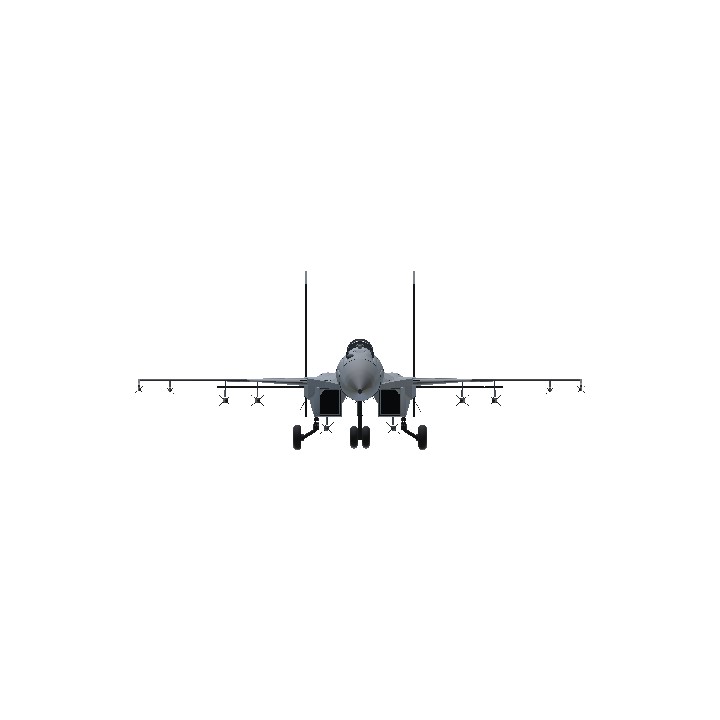The Shenyang J-15 (Chinese: ?-15), NATO reporting name: Flanker-X2, also known as Flying Shark (Chinese: ??; pinyin: Feisha), is a 4th generation,[4] twin-jet, all-weather, carrier-based fighter aircraft in development by the Shenyang Aircraft Corporation and the 601 Institute for the Chinese People's Liberation Army Navy's aircraft carriers. It is developed from J-11B as well as from studying of a prototype of Su-33. An unfinished Su-33 prototype, the T-10K-3,[5] was acquired from Ukraine in 2001 and is said to have been studied extensively, reverse engineered, with development on the J-15 beginning immediately afterward.[1][5][6][7] While the J-15 appears to be structurally based on the prototype of Su-33, the indigenous fighter features Chinese technologies as well as avionics from the J-11B program.[8] In February 2018, discussions about replacing the aircraft appeared in several Chinese media outlets including Xinhua and China's main military newspaper, discussing that it belongs to the 4th or 4.5 generation fighters. Thus, the J-15 is viewed as an interim carrier-based fighter until a 5th generation successor enters service, one that may be based on the J-20 or J-31.
Specifications
General Characteristics
- Predecessor Sukhoi SU-30SM "SOL 1" [MIHALY]
- Created On Android
- Wingspan 79.0ft (24.1m)
- Length 127.9ft (39.0m)
- Height 31.5ft (9.6m)
- Empty Weight N/A
- Loaded Weight 45,464lbs (20,622kg)
Performance
- Power/Weight Ratio 1.482
- Wing Loading 25.7lbs/ft2 (125.3kg/m2)
- Wing Area 1,771.3ft2 (164.6m2)
- Drag Points 22329
Parts
- Number of Parts 259
- Control Surfaces 6
- Performance Cost 1,228

